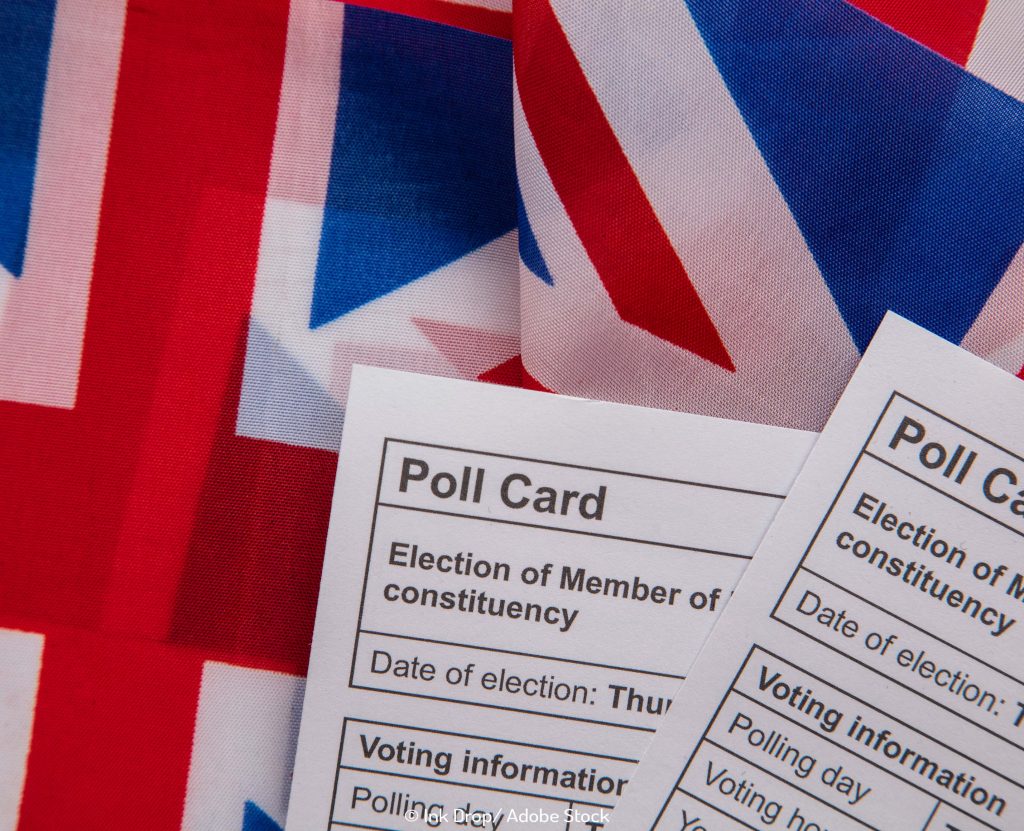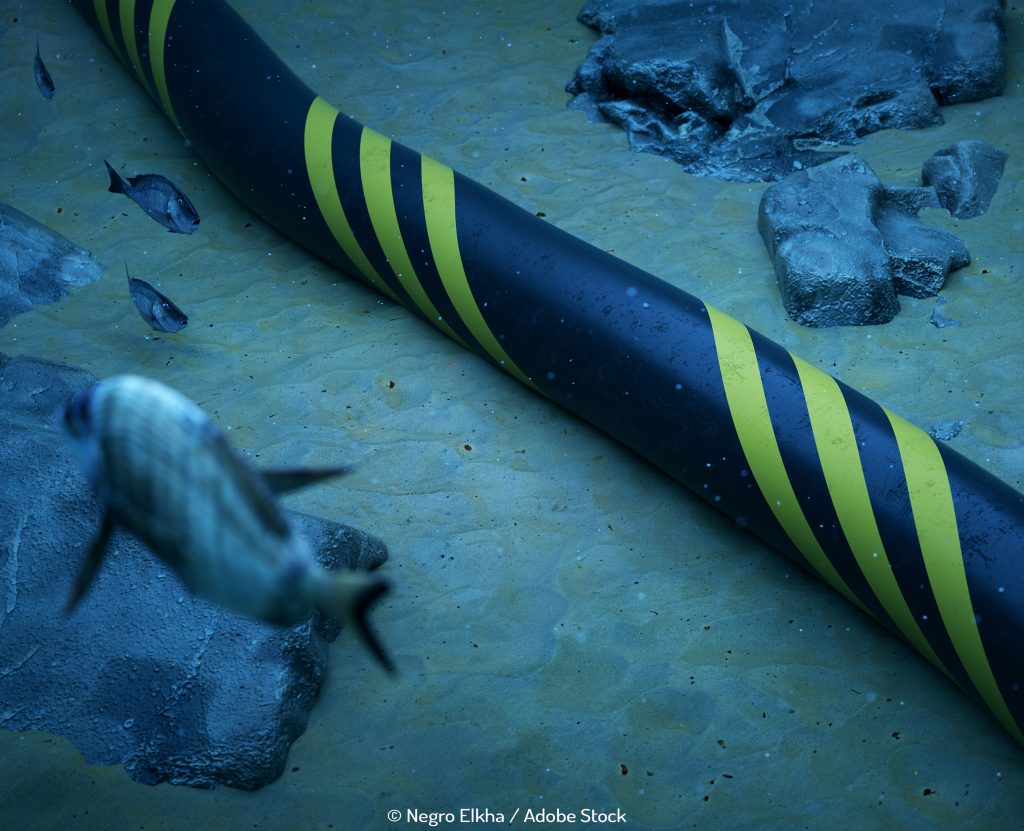The challenge of storing Renewable Energy
Australia’s government is putting up half the A$15m needed for a project that aims to show that renewable hydrogen – produced by using solar and wind energy – can be used for energy storage. If successful, the potential is huge as it could be more efficient than batteries.
The need to overcome the challenge of how to store renewable energy is consuming the sector at the moment. As well as the Jemena project, a vast number of other trials and pilots are underway. There are a number of reasons but by far and away the over-riding one is cost. It’s less expensive to get electricity from wind and solar than coal, and it’s about the same if not cheaper than natural gas.
This is driving changes in legislation, and funding offers such as the Australian move. Wood Mackenzie’s senior analyst Rory McCarthy says: “It’s the perfect storm for energy storage. These prices are beating everyone’s expectations. The US is five years ahead on energy-storage policy but China is picking up the pace and the EU is also putting regulations in place.”
So what types of technologies are we looking at? The Australian Renewable Energy Agency compiled a report which found that there is no ‘one size fits all’ solution and instead of the need for multiple options being a costly exercise, it highlights that the cost of storage is in fact lower than what most people would think.
“If you started with a clean sheet of paper, it would be unlikely that a mix of high capacity coal and has would be cheaper than a mix of variable renewable energy and dispatchable renewables,” according to one of the authors, ITP Power’s Keith Lovegrove. In fact, he goes further. “There is no earthly argument for building a new coal-fired generator in this country, even if you don’t care about emissions.”
Lithium-ion batteries are one choice, and are used already in cars and portable electronics. Tesla has invested in a 100-MW battery array in South Australia and in California there are plans to develop the world’s largest lithium-ion battery project by 2020 – turning a natural gas plant into a 300-MW Goliath – and it’s one of four lithium-ion storage projects that Pacific Gas and Electric are hoping to get across the line. Neoen, which operates electricity grids in Australia, purchased a 129 MWh lithium-ion battery from Tesla that has sufficient capacity to power 30,000 homes for an hour.
There are other firms who think there are better alternatives. BASF, the German chemical firm, is working on creating batteries based on sodium and sulphur. Energy Storage Systems is developing redox flow batteries based on iron chloride which can support demand for more than four hours.
And the ultimate green storage method is using excess energy to split water into hydrogen and oxygen, Until Jemena, the most promising project was TSO 2020, an EU project which, according to the marketing departments, can store up to 8.3 metric tonnes of hydrogen in underground salt caverns in Holland. Aside from sounding quite Bond-like, it is equivalent to 22m of Tesla’s Powerwall Home Energy storage units.
Anouk van den Berg, from one of the firms involved – Gasunie New Energy – says they currently have a pilot project that has a 1 MW electrolyser, which can generate as much as 145 metric tonnes of hydrogen annually. “The next step would be an electrolyser with a scale of around 2-0-30 MW around 2020, after which we hope to scale up to 100 MW and gigawatts between 2025 – 2030.”
In Jemena’s case, a 500 KW electrolyser will be developed in western Sydney. The project is being called H2GO. It’ll use current to create hydrogen from water and could power 250 homes. The MD Frank Tudor said in a statement: “In the future Australians will need to decide what to do with excess renewable energy on very windy or sunny days. Jemena’s project H2GO will demonstrate how existing gas pipeline technology can store excess renewable energy for weeks and months, making it more efficient than batteries which can only store excess renewable energy for minutes or hours.”
And there is potential outside the home too. As Tudor says: “Our trial will also explore how hydrogen can be used to power Australians who are on the move with a hydrogen-refuelling station being developed to support the burgeoning hydrogen-vehicle industry.”


